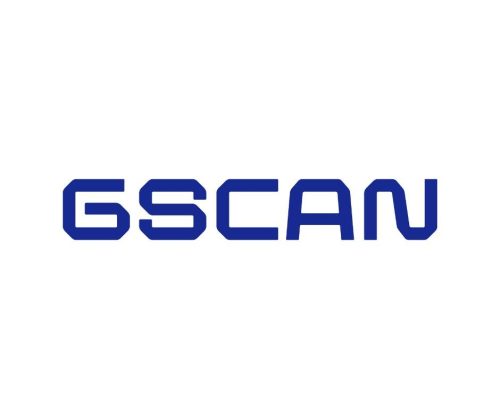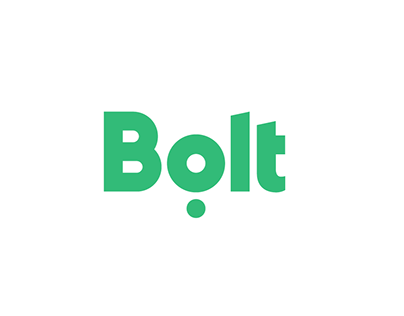Formula Student Team Tallinn
Formula Student is an international product development competition aimed at engineering and automotive technology students. Formula Student Team Tallinn designs, manufactures and competes with a powerful formula car every year, using cutting-edge technology and engineering principles. The car participates in the European Formula Student product development competitions. Formula Student Team Tallinn has been participating in rallies since 2006. The team has won numerous trophies from around the world.

Aerodynamic development requires solving computational fluid dynamics (CFD) simulations that describe the interaction of fluid or air with the bodies and structures within it. HPC interfaces allow us to transfer the created simulation files to an HPC cluster, where a batch job can be created and then the values of the equations given by the simulation files can be calculated.
Using TalTech’s HPC cluster saves computer time on a student’s personal computer, as running a 3D aerodynamics simulation will consume all the resources of even the best standard computer for up to a day, essentially rendering it useless. HPC capabilities also significantly increase development speed, as simulations run faster and multiple simulations can be solved at the same time. In addition, only a supercomputer can process complex data files that require a large amount of RAM resources. Thanks to the ability to use the HPC center’s infrastructure, we have improved the aerodynamic development process of the student formula racing team and reached the top of our field.
Better Medicine OÜ
Better Medicine is an Estonian medical technology company founded in 2020, focusing on the application of artificial intelligence in radiology to detect oncological findings.
The company’s mission is to improve the healthcare system through innovation, providing artificial intelligence solutions in oncology that improve the quality of life of patients and support the daily work of radiologists.

The Better Medicine challenge is to efficiently train artificial intelligence models to detect, measure, and segment health lesions from CT scans. This task requires significant computing power to handle large data sets, optimize model performance, and reduce training time.
Better Medicine uses the University of Tartu’s HPC infrastructure, which includes high-performance GPU nodes and scalable infrastructure, to train deep learning models on large image datasets. The computing resources enable faster testing, precise parameter optimization, and the development of reliable AI models that are ready for clinical use.
GScan OÜ
GScan OÜ is a company founded in 2018 that develops x-ray devices based on natural radiation and corresponding tomographic and classification algorithms.
GScan technology is groundbreaking because it allows you to x-ray objects of any size and classify their composition, and is able to automatically detect dangerous or other prohibited substances in the scanner.

Leveraging the power of natural cosmic ray tomography, GScan technology tracks particle trajectory changes or absorption as they pass through an object of interest, providing key statistics about its material and shape. This knowledge is then translated into 2D and 3D visualizations of both internal and external geometry, along with chemical composition data. The output of the extensive data provides a comprehensive view of the objects and materials being inspected. The study is precisely tailored to meet the unique requirements of the clients. HPC plays a key role in visualizing the collected data.
Because HPC speeds up data processing, reconstructions are completed in less time. With faster reconstruction, a wider range of algorithms can be applied during post-processing. With a wider range of algorithms, the technology’s capability and efficiency increase, and we can make the world safer with more reliable data about critical infrastructure.
Celvia OÜ
Celvia is an Estonian company and research institution focused on developing science-based products and services for patients, clinics and businesses. The company has combined cutting-edge technology and professional skills to create competitive genetic tests that meet high standards.

Honey contains approximately 0.01% DNA, the isolation and sequencing of which yields up to 20 million DNA sequences from different organisms that the bee has come into contact with. Based on the sequences, the composition of the honey is analyzed, authenticity is assessed, and pathogens of bees are identified. HPC allows 32 samples to be analyzed in parallel using the Nextflow workflow with a Singularity container. The most resource-intensive task requires 400 GB of RAM and 8 CPUs per sample. To streamline the workflow, the detection of new data, downloading, and launching the analysis have been automated using crontab. In addition, HPC resources are used to securely store raw data and analysis results, ensuring data integrity and confidentiality with backup systems.
TartuNLP
The University of Tartu is a leading university in the Baltic States in the field of information technology. The research areas of the University’s Chair of Natural Language Processing include machine learning and text mining, machine translation, text summarization, grammatical analysis, and automatic processing of word and sentence structure.

Neural networks have significantly improved the quality of natural language processing tasks, including machine translation. However, the accuracy of translation depends heavily on the availability of large-scale parallel and monolingual datasets. Such data is scarce for the resource-poor Finno-Ugric languages, which is why these languages have often not been included in existing multilingual machine translation systems. The large number of human-translated sentence pairs and synthetic or machine-translated sentence pairs of larger related languages (Estonian, Finnish, Hungarian) contribute to improving translation quality, the latter of which are often incorrect, but still useful for learning the direction of translation.
A machine translation system was developed using HPC to support translations between 20 low-resource Finno-Ugric languages and 7 high-resource languages. The corpora were collected primarily from the web and combined with existing datasets. All machine translation models were trained on the LUMI supercomputer and fine-tuned in the Fairseq framework based on the M2M-100 model. Four AMD Mi250X GPUs were used to train the models.
Luisa Tõlkebüroo OÜ
Luisa Tõlkebüroo OÜ (Luisa Translation Agency) is the largest translation agency in Estonia, offering over 50 different services, including sworn translation, simultaneous and consecutive translation, machine translation, and subtitle translation.

The company needed a customized machine translation system to speed up the translation process. Lacking previous experience with natural language processing and machine learning, they collaborated with the TartuNLP team. The machine translation model was trained on the Rocket cluster of the University of Tartu HPC Center, enabling the creation of a customized and higher-quality translation solution.
Bolt
Bolt is an Estonian technology company that offers ride-hailing and food ordering services. The company is headquartered in Tallinn and operates in more than 400 cities in 45 countries. Bolt’s mission is to transform cities for people, not cars.

In collaboration with the University of Tartu, the company is developing Level 4 autonomous car technology. Autonomous vehicles generate up to 357 GB of test logs per hour during test drives, which engineers need a scalable system to efficiently manage and analyze.
In collaboration with HPC, a system has been created where test logs are automatically copied to HPC storage, converted to metadata, and stored in a MongoDB database. Parallel processing on the HPC cluster significantly speeds up the process, ensuring that metadata is available by the next morning. Otherwise, processing the longest logs can take up to 24 hours. A custom application allows engineers to filter and analyze test logs using the Webviz visualization tool.
